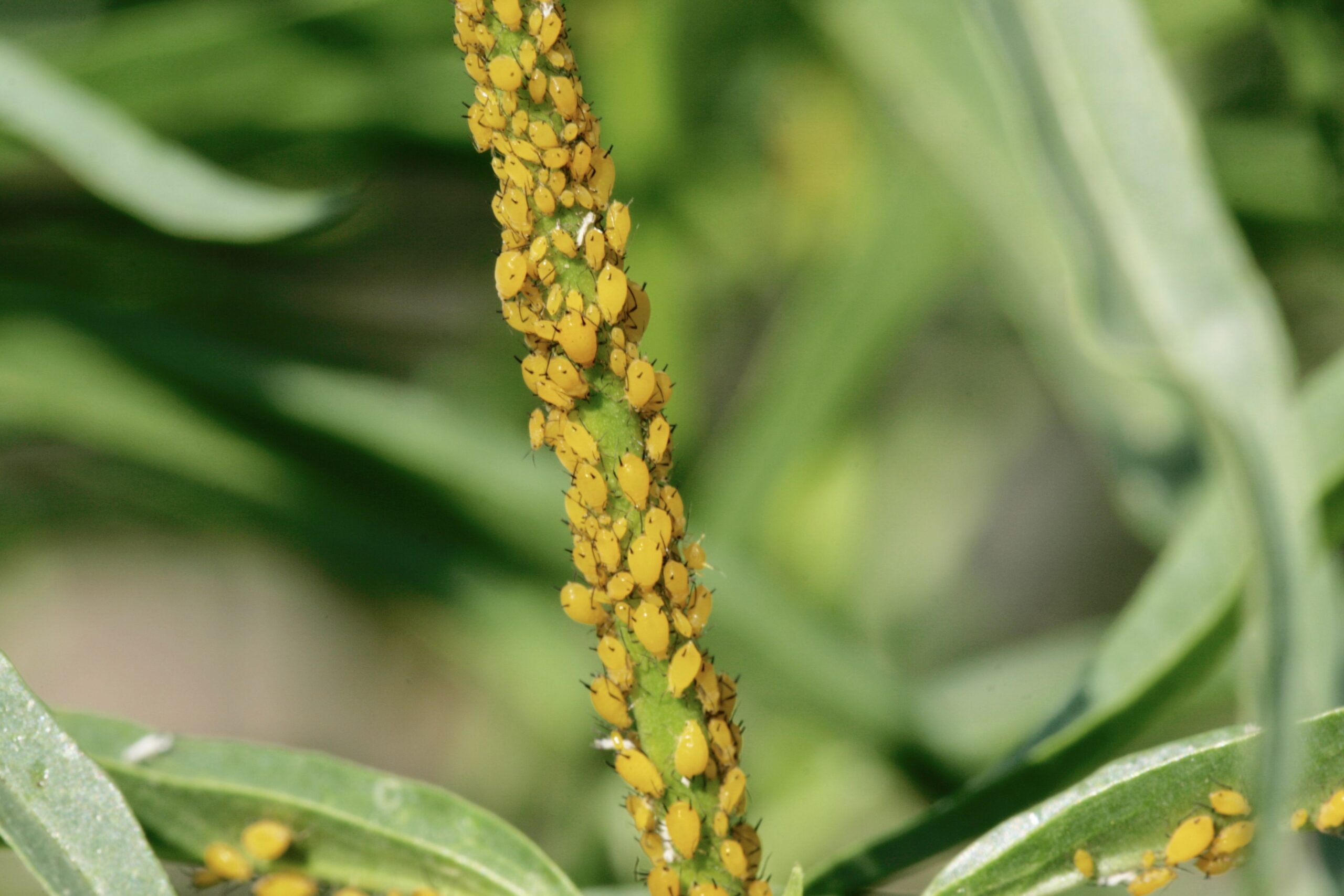Yellow bugs on milkweed are typically aphids, specifically the Oleander Aphid (Aphis nerii), also known as the Yellow Milkweed Aphid. These aphids are small, bright yellow insects that tend to cluster on milkweed plants, especially on the undersides of leaves, stems, and buds.

Here’s a brief overview of these aphids:
1. Appearance: The Oleander Aphid is bright yellow with black legs and antennae. They are pear-shaped and may appear in large clusters.
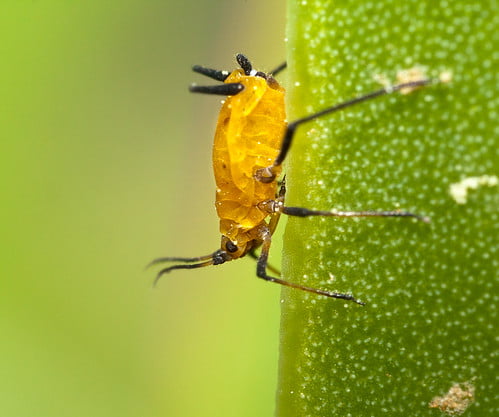
2. Feeding: Aphids feed on plant sap, which they extract with their needle-like mouthparts. This feeding can weaken the milkweed and cause the leaves to curl or become distorted.
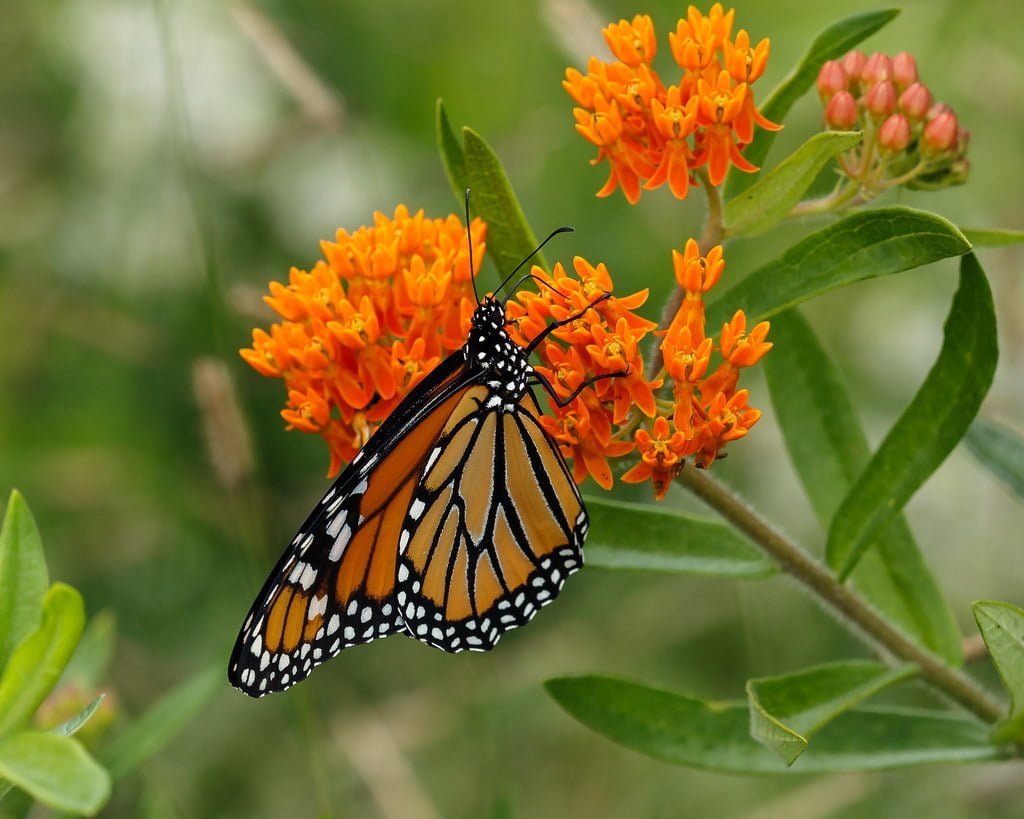
Butterfly Milkweed Seeds (Asclepias Tuberosa) for North America
More than 50 Orange Butterfly Milkweed Seeds (Asclepias tuberosa) originating from tobacco country for most of North America.
3. Reproduction: Aphids reproduce quickly, leading to rapid infestations. Most of the individuals you see are females that reproduce asexually, giving birth to live young without mating, called “parthenogenesis.”
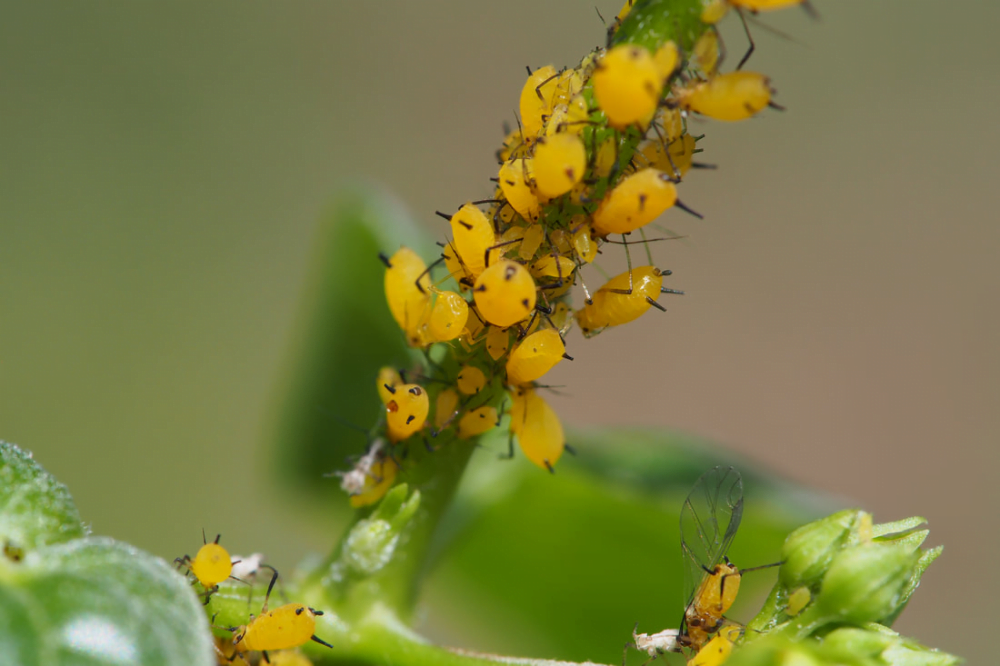
4. Honeydew: As aphids feed, they excrete a sticky substance called honeydew. This substance can attract ants and lead to the growth of sooty mold, which can further damage the plant.
5. Natural Predators: Aphids have several natural enemies, including ladybugs, lacewings, and parasitic wasps. These beneficial insects can help control aphid populations.
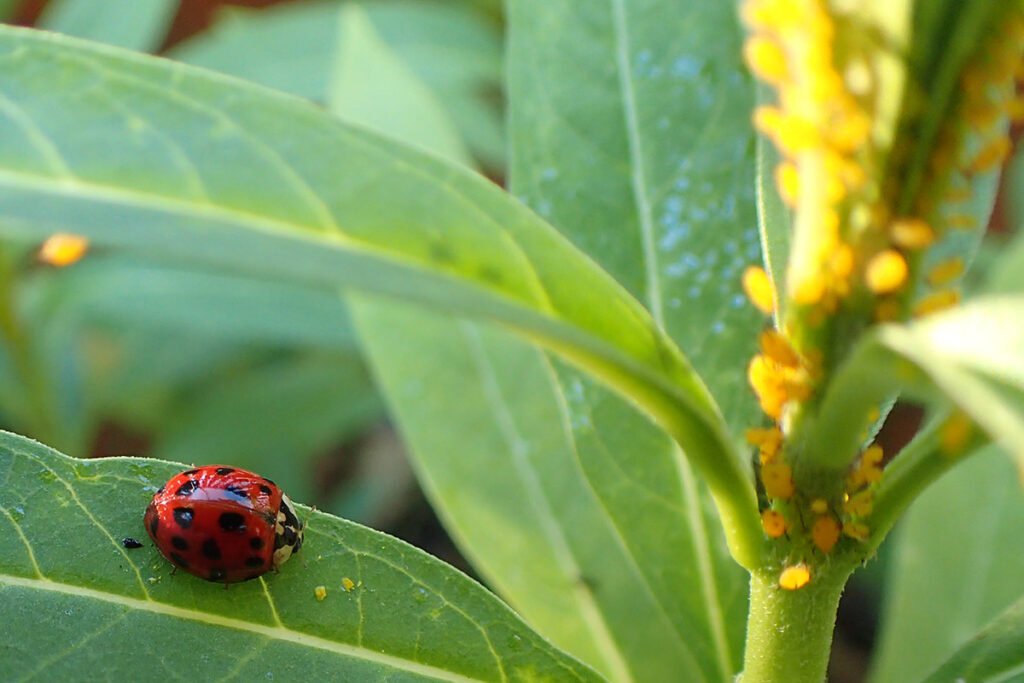
6. Management: If you’re trying to conserve milkweed for monarch butterflies, consider using gentle methods to manage aphids. You can wash them off with a strong stream of water or introduce beneficial insects. Avoid using broad-spectrum insecticides, as they can harm beneficial insects and monarch caterpillars.
It’s worth noting that while aphids can be a nuisance, milkweed plants are usually resilient and can withstand a moderate aphid infestation. However, if the population becomes too dense, it may be worth taking action to protect the health of the plant and provide a suitable habitat for monarch caterpillars.

The Adventures of Johnny Butterflyseed – Author Signed First Edition Children’s Book
Save the monarchs!
Johnny Butterflyseed and his fairy friend, Raven Silverwing, embark on a mission to save the rapidly disappearing butterflies. They enlist the help of Queen Venus Goldwing and her kingdom of monarchs to educate and inspire kids to become butterfly farmers. At first, Johnny faces his own internal struggle with self-doubt and fear in his ability to make a difference, but then soon develops a mindset that allows him to not only get started, but also make progress one day at a time. Through challenge after challenge, Johnny learns that he is not alone in his mission and that there are many people who want to help. Together, Johnny, Raven, and Queen Venus educate thousands of children on becoming butterfly farmers.
